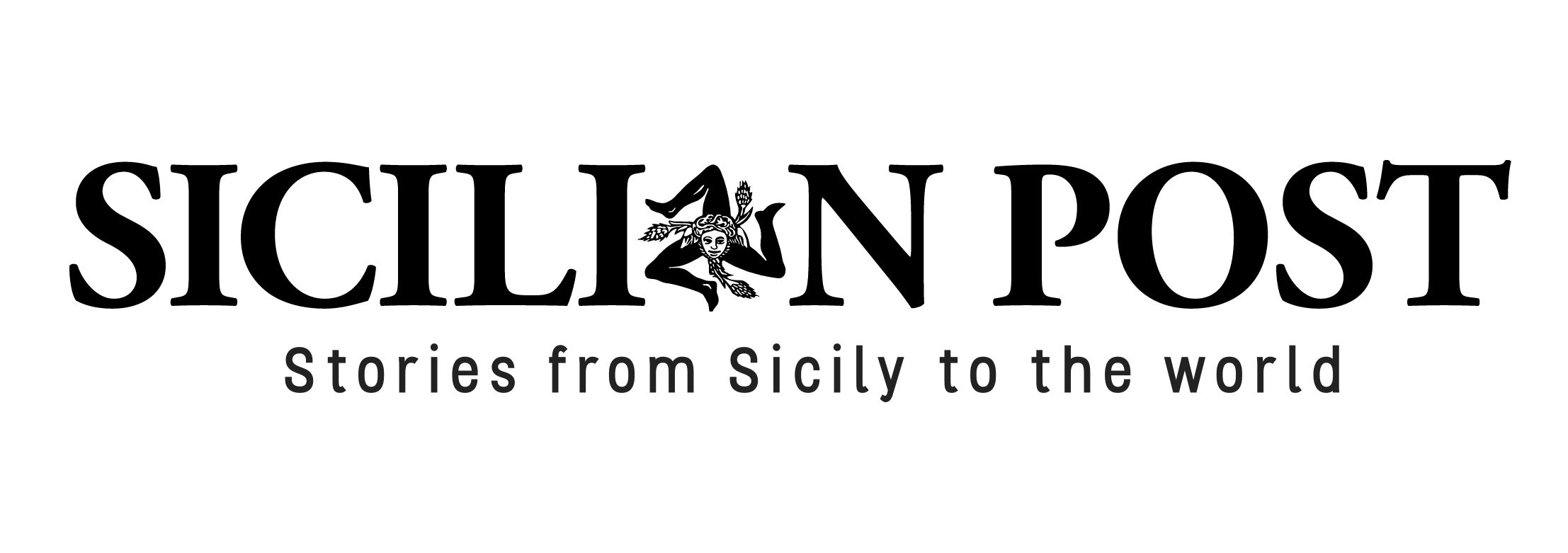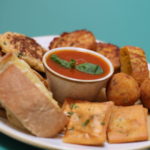From Miaogizi to Ufolotti: the value of Kinder surprises explained by the Frankfurt School
How have surprises inside snack packs changed over the years? The thinkers of the Frankfurt School can tell us something about the meaning of such objects, as small as meaningful.
The Miaogizi of the Kinder Eggs, the Archimede mill with solar-powered engine by Mulino Bianco, Kinder and Ferrero “Lunes and the Lasifer sphere” VHS : what happened to that creativity? It seems that everything started in 1974, when a certain Mr. Ferrero combined the chocolate serotonin with the wonder of some surprise. Here’s how the Kinder Eggs were born, and they were so dangerous that they were banned in the USA. Inside there were: very small ships, from the caravel to the Drakkar, knights, medieval birds, sultan sharks, Chinese beavers. Surprises in the brioches were brilliant too: there was Biroclava writing and Pitagorica calculating; Bidone Pennellone was different from Bidona Precisona, as were all different the messages in the Sbottigliati (we killed them with our vocal notes). And then there were those fantastic videotapes: with “I Magicanti and the three elements” we could explain the philosophy of Telesio. In 1983 also arrived the surprises made by Mulino Bianco. Their highlight? A tape-book with a varied and creative content. Subjects like history and geography became a game with erasers in the shape of Italian regions: you did not need any post on Facebook to know that Molise does exist. There were also some fruit-shaped gums and snacks. Can you imagine it today? «This company impacts the feelings of minors allergic to the mandarin» or «that brioche releases palm oil while erasing». Even Parmalat had made an attempt by inventing the Ufolotti (Steven Spielberg also had his effects with the Stralunati of Kinder eggs). The many Carletto from the Findus sofficini were very cute too, like for example the explorer one. Perhaps the Simmenthal jar reproducing the bellow was a little trash: the adults of that year all knew the call of cows.
In short, those objects opened up new worlds and they should not be underestimated because, as the thinkers of the Frankfurt School wrote, knowledge passes through the consumption of cultural products, even through toys. In fact, with the birth of the cultural industry culture has become a commodity. What culture do our children play with? It is not expected to find Tutankhamun’s treasures or tickets with the third Secret of Fatima in chocolate eggs or in brioche packages. Every game, as an industrial product, is always stereotyped, but the problem is that today we suffer because of a second filter: on the one hand, we had Egyptian cats stimulating curiosities such as “who are the Egyptians?”, even if they were caricatures; on the other hand, we now have puppets inspired by current cartoons, about which the TV has already answered every question. Maybe that cartoon is nice, but why not suggesting different stories to children? Isn’t our reality plural?
In the Kinder snacks of this year you can find figurines: they are flat, stick together and collectable. You can look at them and that’s all. Yet, should the children collect or explore things? We do not give them the time to be surprised – wonder is not good in terms of marketing, it is better to buy an already known product, a model of a beautiful dream and enough (just as we do with the chicken of the rotisserie by our house). This is the one-dimensional man mentioned by Herbert Marcuse: totalitarianism is also the economic one that manipulates needs and ways of thinking, introducing models of homologation. Buying a chocolate egg or a packet of brioches, we acquire some culture and above all the most precious thing, our free time, during which we manifest our free need for meaning, as it was a vent to the rules of social roles. Actually, according to Theodor Adorno, while we believe we are free in our free time, we are slaves. This is why, according to the Frankfurt School, the activity of consuming has a meaning in itself. After many hours spent in a classroom containing their emotions, children need to be masters of their time and they do it by playing; as well as an adult who, once returned from work, reads a book or goes skiing. We are what we consume. And the current world of surprises is an American processed cheese that only feeds children’s passivity.
Article by Francesca Rita Privitera
translated into English by Eva Luna Mascolino



